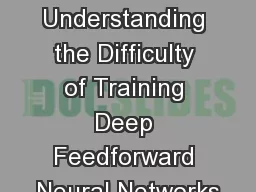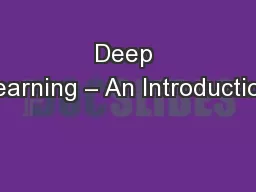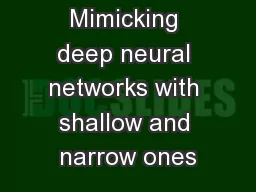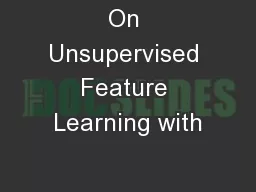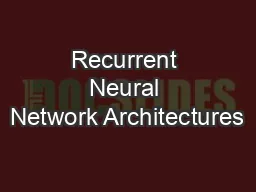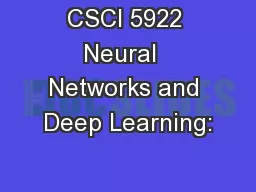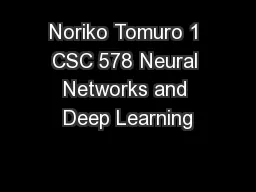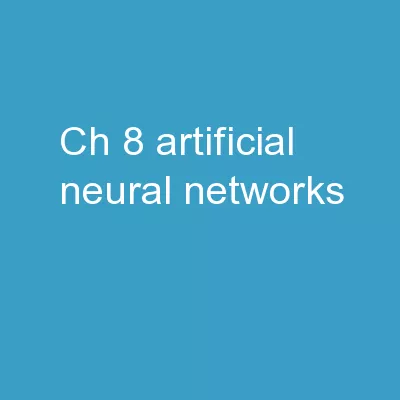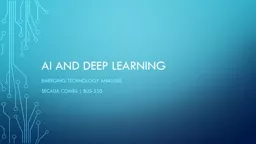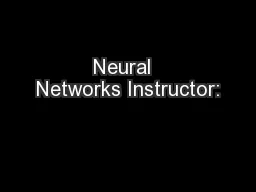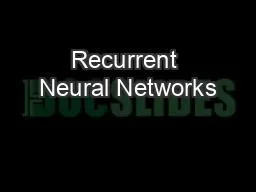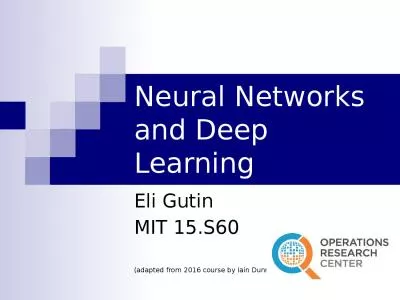PPT-Understanding the Difficulty of Training Deep Feedforward Neural Networks
Author : pamella-moone | Published Date : 2018-09-21
Qiyue Wang Oct 27 2017 1 Outline Introduction Experiment setting and dataset Analysis of activation function Analysis of gradient Experiment validation and conclusion
Presentation Embed Code
Download Presentation
Download Presentation The PPT/PDF document "Understanding the Difficulty of Training..." is the property of its rightful owner. Permission is granted to download and print the materials on this website for personal, non-commercial use only, and to display it on your personal computer provided you do not modify the materials and that you retain all copyright notices contained in the materials. By downloading content from our website, you accept the terms of this agreement.
Understanding the Difficulty of Training Deep Feedforward Neural Networks: Transcript
Download Rules Of Document
"Understanding the Difficulty of Training Deep Feedforward Neural Networks"The content belongs to its owner. You may download and print it for personal use, without modification, and keep all copyright notices. By downloading, you agree to these terms.
Related Documents

